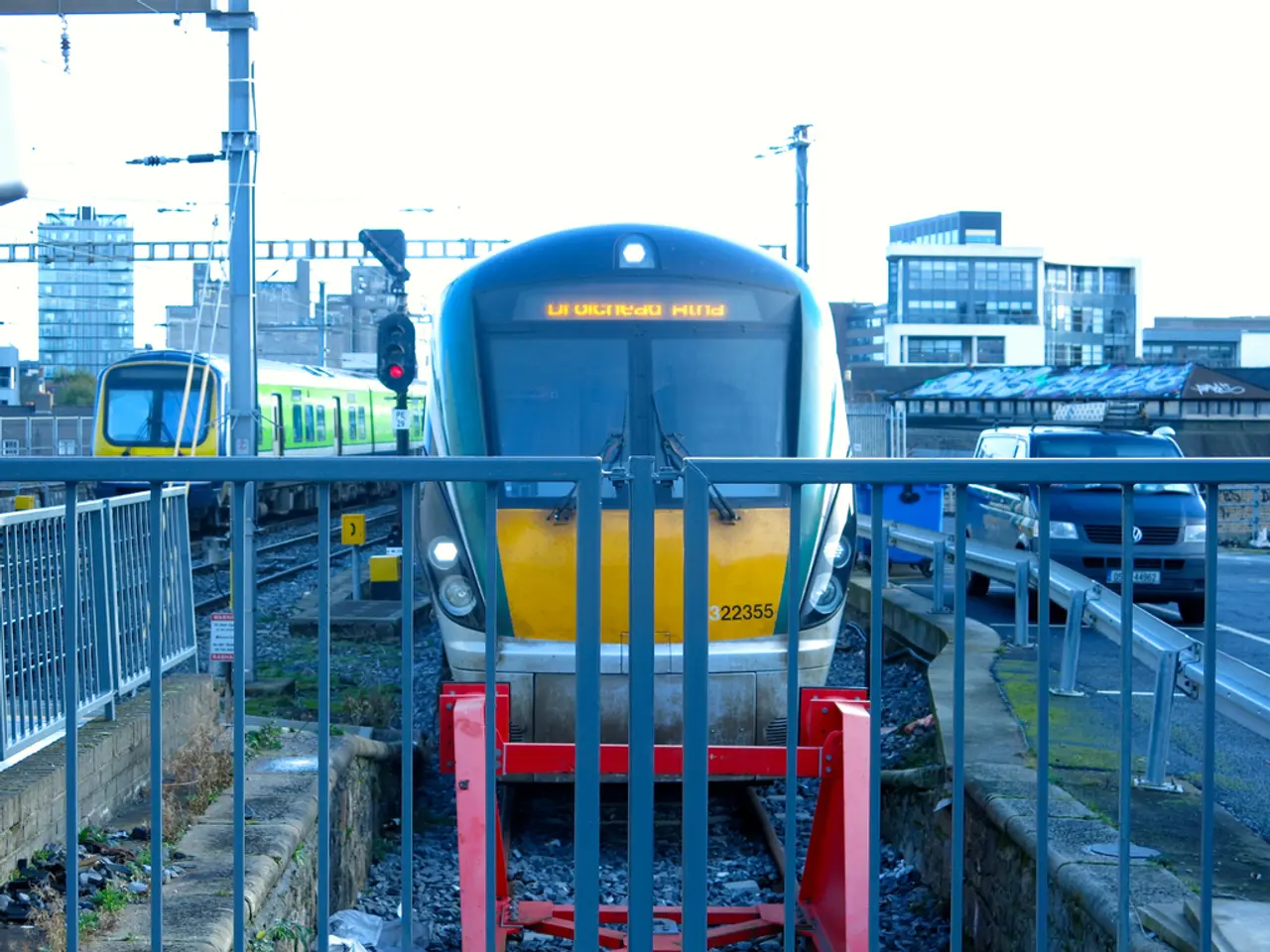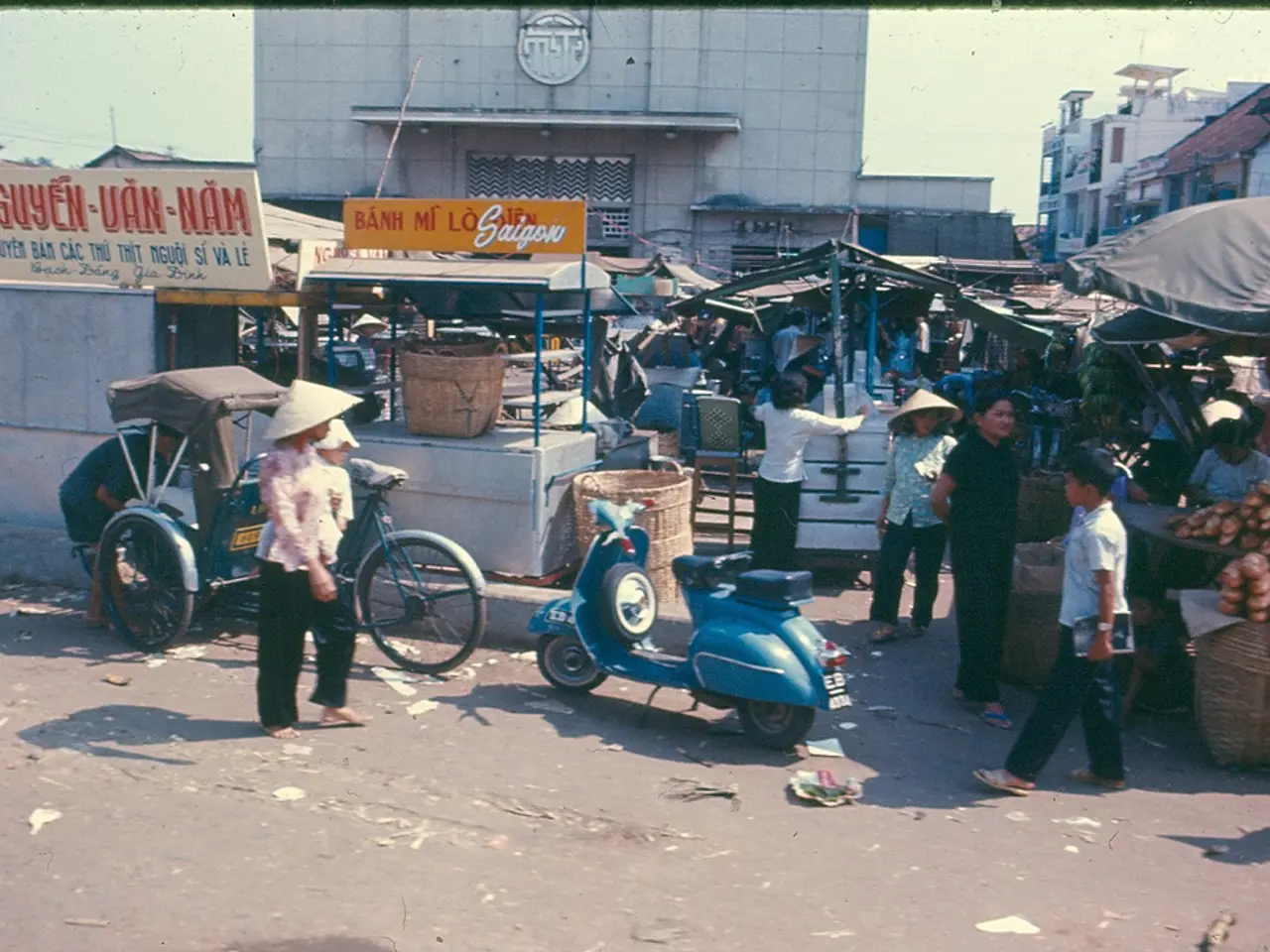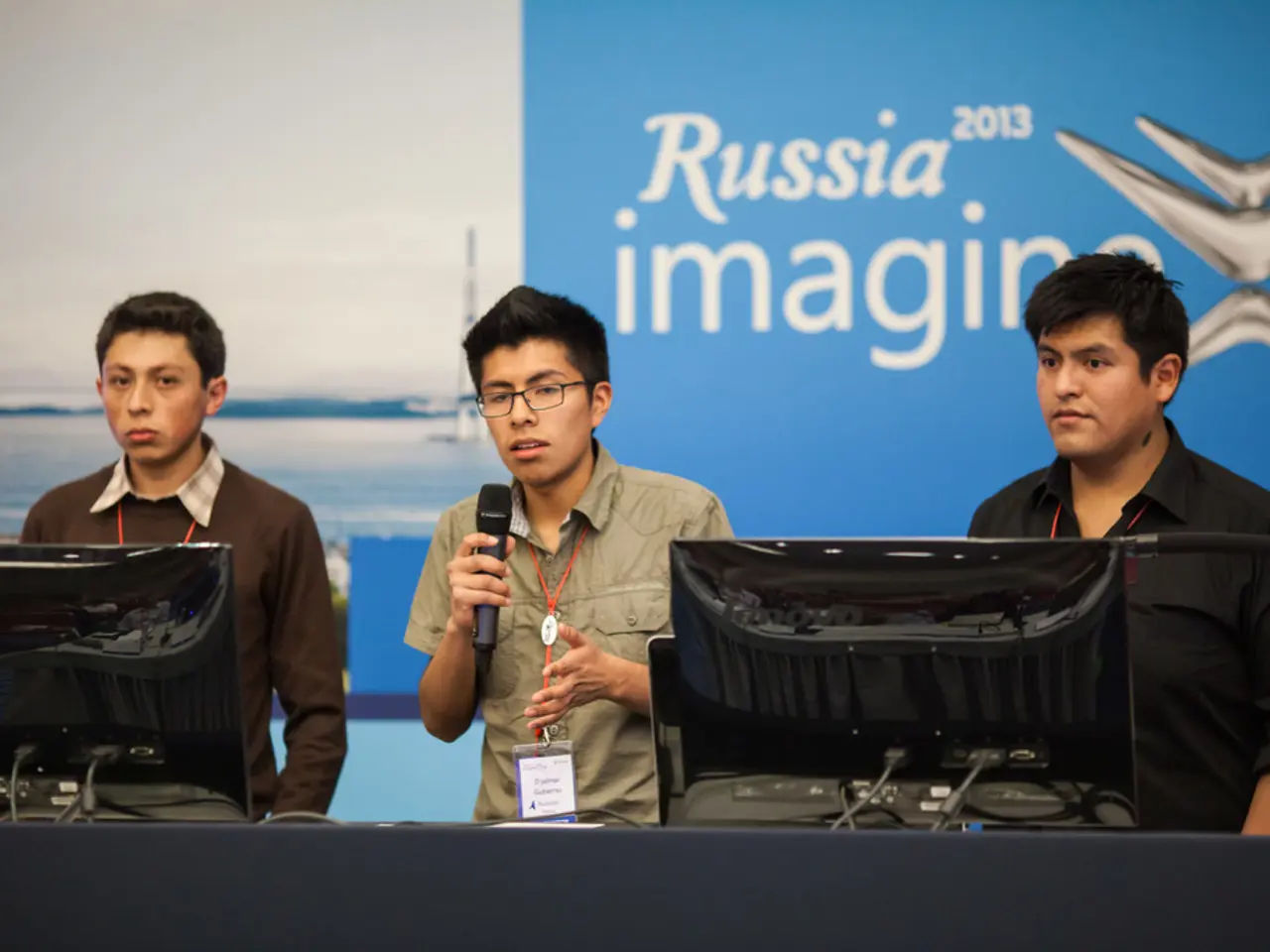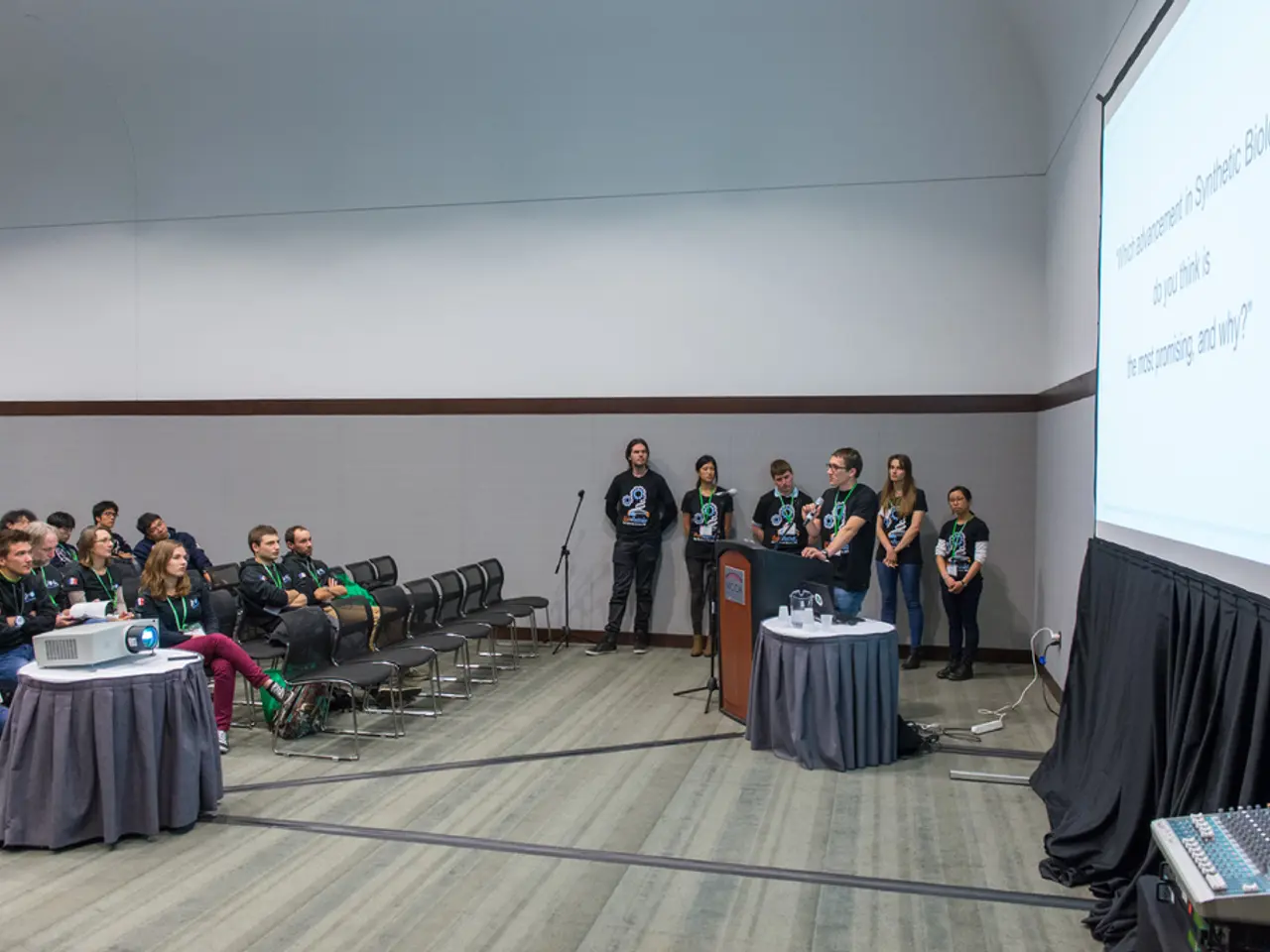Gridlocks in Gütersloh contribute to citywide traffic congestion
In a recent incident, a technical malfunction occurred at a railway crossing in Gütersloh, operated by TWE. The malfunction caused the barriers to fail to open, resulting in traffic jams at the crossing 'Auf der Haar' in Sundern.
The freight train had passed the location before the incident, and it took about 20 minutes for technicians to fix the issue. Many citizens are concerned about the impact of the TWE on road traffic, particularly on main routes such as Verler Straße, B 61, ring road, Carl-Bertelsmann-Straße, or Brockhäuser Straße.
Incidents involving malfunctions at level crossings like Auf der Haar can vary in frequency depending on the age and maintenance of the equipment, traffic volume, and local conditions. Generally, malfunctions at level crossings on regional lines such as those operated by the Teutoburger Wald Eisenbahn (TWE) are relatively rare but not unheard of. They tend to happen occasionally due to technical faults or external factors like weather or vandalism. Exact statistics for the TWE on how often these occur at Auf der Haar are not typically publicly detailed, but regional transport authorities monitor and quickly respond to minimize disruption.
When a malfunction occurs or maintenance is scheduled for the crossing, the route may experience planned closures or delays. These closures usually involve brief interruptions timed to off-peak hours whenever possible to reduce passenger impact. For the TWE route in Sundern, planned closures are often announced in advance by the transport operator or local authorities and usually last from a few minutes up to a few hours depending on the repair or maintenance work. If long-term repair or upgrades are necessary, temporary replacement bus services might be arranged.
At an information event held at the Spexarder Bauernhaus in mid-June, TWE's managing director Henrik Wilkening acknowledged concerns about potential traffic jams and emphasized the importance of safety and efficiency in the design of facilities to minimize waiting times. He also stated that both red lights and closed barriers require patience.
The malfunction also affected the bus service, line 203. During such incidents, passengers are advised to check the latest updates from the local transport authority or the official TWE operator announcements for any changes in schedules or routes.
The railway crossing in Gütersloh is part of a route from Harsewinkel to Verl, where passenger trains are due to resume service at the end of 2027. The route includes 77 crossings, but future closure times for the crossing are currently only roughly indicated. No information is provided about the profitability of the TWE reactivation in the Gütersloh district.
In a year, such incidents at this crossing are estimated to occur approximately once, according to one of the bus drivers. TWE planners have stated that barriers will be closed for a maximum of 240 seconds, but there is no breakdown for each individual crossing. However, no details are given about the frequency of malfunctions at crossings other than the one in Gütersloh that was mentioned earlier.
In summary, while incidents like the one at Auf der Haar crossing in Sundern can cause inconvenience, the TWE and local authorities work diligently to minimize disruption and ensure safety. Passengers and motorists are advised to stay informed and plan accordingly when such incidents occur.
The TWE's malfunction at the Auf der Haar crossing affected not only road traffic on main routes like Verler Straße, B 61, ring road, Carl-Bertelsmann-Straße, or Brockhäuser Straße but also the bus service, line 203.
Incidents at level crossings, such as those operated by the TWE, can sometimes involve finance due to the costs of repairs or upgrades, which may lead to transportation disruptions for both passengers and motorists.




